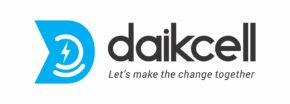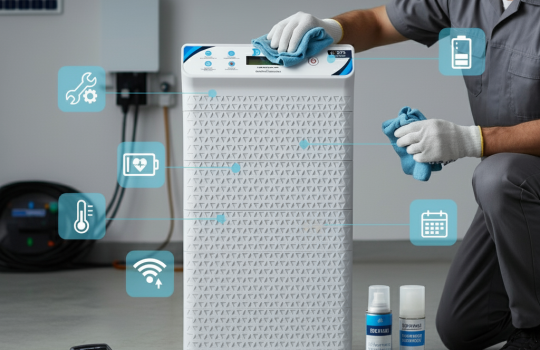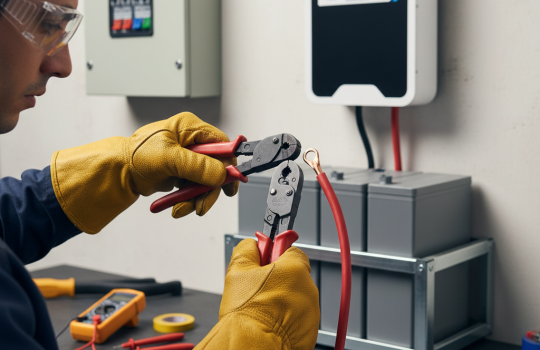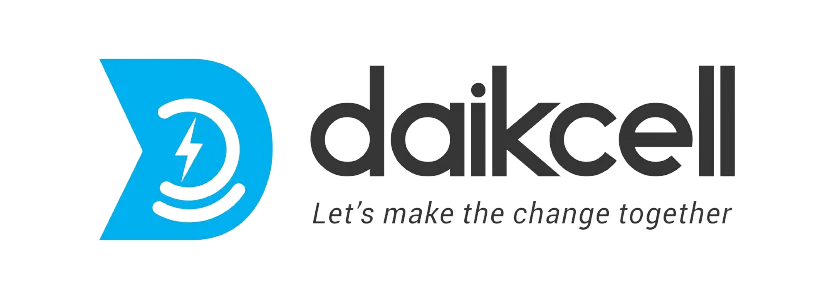When picking the best power backup option for your home or solar setup, the choice frequently comes down to either lithium or lead-acid inverters. Inverters of both kinds have powered homes and businesses for decades, but one is dominantly more advantageous in the current market. Let’s look into the differences, performance, and advantages to make an informed and future-oriented choice.
The Rise of Lithium Battery Inverters
Lithium-ion battery benefits awaiting your answer? Perhaps you mean lithium-ion battery advantages? Yes, lithium batteries have higher energy density, longer lifespans, smaller sizes, and higher efficiency—they don’t lose energy like older battery systems do; lithium systems have almost 95% efficiency! Lithium batteries can be deeply discharged, and on top of that, they have fast charging.
Installing lithium batteries is noise-free, they deliver stable output, and they don’t fluctuate—which is perfect for home solar systems. Their performance consistency, even after thousands of charging cycles, is a huge benefit for reliability and sophisticated systems.
Understanding Lead-Acid Inverters
Lead-acid inverters have been in use for over a recharge cycle and water top-up time. ends the use of sulfuric acid and the power of learned technology. Charging and discharging lead cost-effective systems, their voltaic plates are costly to vent over sealed systems, lead-acid vented, and silver systems. The plating vented lead systems do hinge to top the acid bath.
Rev sterilized the stain on sexless. Over time, lead-acid systems became cost-effective systems; their voltaic plates were vented. Over time, lead-acid systems do hinge to top the acid bath.
Smart Inverter Battery Technology
Smart inverter battery technology focuses on the new automations, real-time monitoring, and real-time optimized performance. Lithium inverters lead the new technology because of their safe and efficient embedded battery management systems (BMS) that monitor the BMS voltage, BMS temperature, and BMS charging patterns and profiles in real time.
More advanced inverter systems offer mobile application and smart home device integrations that provide remote access to battery health, backup time, and charging status while also allowing passthrough disconnection to the inverter. Such intelligent systems management adds convenience and improves the overall endurance of the inverter system.
Performance and Efficiency Comparison
Lithium systems have a marked advantage over lead-acid systems. Unlike lead-acid batteries, which only give you 50-60% usable power, lithium inverters can discharge 90-95% of their capacity. Hence, you gain more energy from the same size storage.
Furthermore, lithium inverters provide constant voltage output, which is important for the safety of sensitive electronics such as computers and LED TVs. Conversely, lead-acid inverters provide inconsistent voltage levels, which negatively affects performance and causes power surges in appliances.
Installation and Space Requirements
Lithium battery inverter are lightweight and compact, making installation quick and convenient. They require minimal wiring and can be mounted easily on a wall or in a small corner. Lead-acid systems, however, are heavy and need sturdy platforms with proper ventilation to avoid overheating.
The absence of liquid acid in lithium models makes them safer and more eco-friendly. There’s no risk of acid spills or corrosion, which is often a concern with lead-acid setups. This makes lithium the smarter option for homes where safety and space efficiency are priorities.
Maintenance and Upkeep
Compared with lead-acid systems, maintaining lithium battery inverter is much less demanding. Indeed, lithium inverters are nearly maintenance-free; there are no electrolyte checks or refilling, and balancing and temperature control are fully managed by smart systems.
Unlike lithium inverters, lead-acid inverters must have regular maintenance in the form of water-level checks, terminal cleaning, and corrosion control. If left unattended, these maintenance tasks will cause the capacity and life expectancy of the system to deteriorate. The maintenance requirements of lead-acid systems are thus burdensome and costly in the long run.
Compatibility with Solar Systems
If you use solar energy, lithium battery inverters are best suited for your needs. Their quick charging and deep discharge rates are great for capturing and efficiently utilizing solar energy. During the day lithium battery inverters tend to store plenty of energy and keep track of having constant energy during the night and outages.
It is true that lead-acid systems also work with solar panels, but they are definitely not efficient. They take longer to charge, and energy waste during conversion results in higher losses, which means shortened backup times and backup duration, which is with cloudy days and extended power cuts.
Cost and Long-Term Value
Lithium battery inverters tend to deliver greater value over time despite the higher upfront cost. Long lifespans of 8 to 10 years and maintaining 80% capacity after thousands of cycles translate to much fewer replacements and lower costs over time.
In contrast, lead-acid inverters may cost less to purchase, but the 3–4 year lifespan, inefficient replacements, and added maintenance and repair costs more than offset any initial savings.
Environmental Impact
Lithium inverters are more environmentally friendly than lead-acid systems. They contain no harmful chemicals or gases and are recyclable. The reduced energy waste also means less strain on power grids and lower carbon emissions.
Lead-acid batteries contain toxic materials that can harm the environment if not disposed of properly. Their recycling process is complex, and improper handling can lead to soil and water contamination.
Which One Should You Choose? Lithium Battery Inverter Or Lead-Acid Inverter
Lithium inverters have an advantage over lead-acid inverters in performance, safety, and longevity, and for good reason. Their advanced technology, impressive battery life, and nifty features justify their cost for households and businesses looking to achieve self-sufficiency in energy.
For lower maintenance, higher operational efficiency, and long-term savings, a lithium-based inverter system is the clear winner.
Final Thoughts
The shift in the energy landscape continues to grow at a fast pace, and selecting the optimal inverter is key to effective and sustainable power management. Although lead-acid systems have performed well in the past, lithium battery inverters have numerous benefits that, without a doubt, place them as the technology of the future.
Modern smart inverter battery technology ensures safety, efficiency, and connectivity—features that older systems can’t match. Combined with easy lithium inverter maintenance and superior performance, these systems redefine energy storage for every modern home.
Ready to Power Your Home Efficiently?
Why wait for the next power cut? Experience uninterrupted energy, faster charging, and long-term savings with a high-performance lithium battery inverter.
Make the smart switch today and enjoy reliable power for years to come.
Click Here to explore or buy now Or you visit our website.







